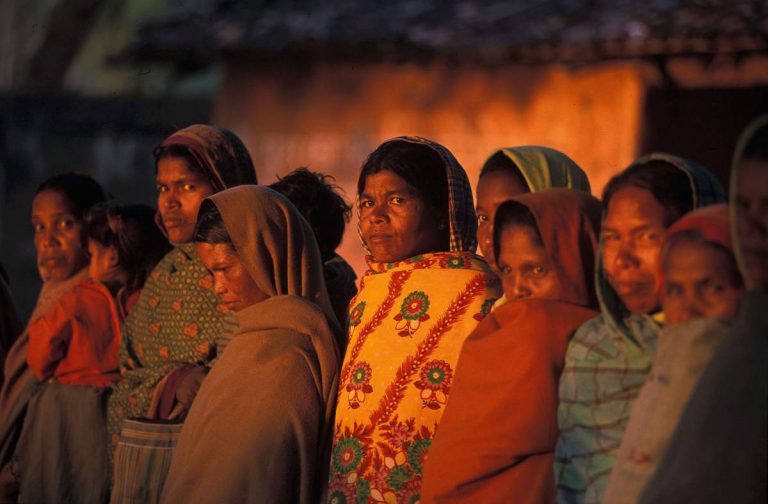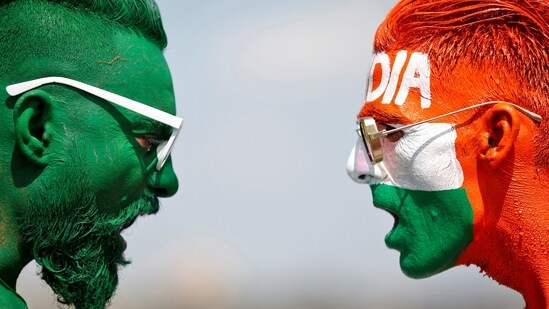Gendered Advertising facilitates sexual violence against women
Violence against women is widespread in India. National Heath and Family Survey (NHFS-4) reports that 30% of women in India in the age group 15-49 years have suffered physical violence; at least 6% of the same age group have also experienced sexual violence at some point in their lives. Despite making signs of progress at the legislative level, the gendered violence in India continues to grow. It is committed in both public and private spaces. The social barriers and systemic stumbling-blocks of our society have led to a massive under-reporting of these cases. Numbers at the global level paint a similar picture. According to the United Nations -Women Organisation, 35 percent of women worldwide have experienced physical/sexual violence by a partner or a non-partner (excluding sexual harassment) at least once in their lifetime. These numbers reflect the colossal inequalities that our social norms and institutions harbor.
Gendered Advertising
The reason behind crimes against women can be attributed to several factors. A majority of them stem from the regressive system of patriarchy, which, despite all the signs of progress women made in the various fields, stands its ground. Patriarchy keeps thriving because it is cultural inheritance. It is so deep-rooted in our minds that we fail to take note of the issues that fuel it. The stereotypical portrayal of women in advertising is one such issue.
Media has a tremendous normative power to echo daily life and to shape our understanding of gender and their roles in society. Media plays a dynamic role in constructing or deconstructing gender equality. Advertising is a significant sector of the media industry. Gender advertising is the practice of depicting stereotypical gender roles in the advertisement. There is no universal definition of Gendered Advertising (GA) and is loosely classified into sexist and stereotypical advertising. GA is motivated by behavioral practices and pays scant regard to the kind of impacts these adverts can have on a society that already has discriminatory tendencies against women.
A recent ad campaign from NatureFresh Acti-Lite refined oil can be taken as a case on the matter. The campaign has two adverts. In one advert, the wife serves husband samosas, as the husband pulls out a napkin to remove the extra oil, she stops him midway — pride dripping off her face, she explains to him how the oil is “less-oily.” Taking the napkin from her husband, she emphasizes putting the napkin to its best use — that is, to wipe the sweat off his face. The other ad also has a similar theme. The wife gives a Champi to the husband when the servant brings Pakodas; the husband pulls out a tissue to remove extra oil, she repeats the same “less-oily-oil” thing, completing the whole stage-up by wiping sweat off his face again. A broad smile fixed on her face, all this while. Now one wonders, why is the ad not the other way around? The husband serves samosa and wipes sweat off her face. Or he is the one giving his wife head- massage while she is munching on Pakodas.
Sub-humanization of women
This ad is not an isolated episode. Almost Every advert hosts a similar theme: the washing powders, toilet cleaners, floor cleaners, dish-washers, home appliances, or the more preposterous consumer product category – the beauty products. The former categories cement stereotypes and the last one strengthens sexism. These ads always feature women as the definitive beneficiary of these products. The products are presented as the “ultimate support system” for the women in their quest to become the kind of women society approves of, and they so desire. This representation also creates a false impression that it’s an innate and natural desire in women to be the best cooks and cleaners; to take excellent care of the house and its members as she does all this with an enduring grin. The women in these ads never get tired, they never get irritated, they never complain about the injustice of putting them through all this, forcing all household work on them, or for not being supported by their husbands or sons. These ads create a myth. A myth of a super-human woman. An ill-fated myth that ends up “subhumanizing” these women in their real lives. These adverts reaffirm that the household chores are invariably associated with women, that they should look fresh and beautiful all the time, and are often laced with unrealistic body images.
A few years back, Ariel washing powder started a campaign, “share the load.” The campaign was lauded by many for breaking the stereotype. The number of ‘progressive’ ads is so abysmal in India that it catches the fancy of all the people who vouch for gender-sensitive advertising whenever it comes. Well, the Ariel ad, just like a few of its predecessors, could not make other brands to follow suit.
One cannot help but wonder why the advertisement sector is so skewed towards these old, regressive, unequal, unjust, and inappropriate societal norms. The answer lies in the very ‘need’ of advertising the products. These adverts were made with the sole purpose of striking a chord with the audience. To leave a memory of the product in people’s minds. People identify themselves with gender, thereby making communication easier. To communicate better with the audience, they focus on gender relations as practiced in society. The stereotypes and prejudices disseminated by these adverts have disastrous effects on the self-esteem of women and on their place in society. Women are forced to constantly keep judging whether they are playing the role of mothers, sisters, wives, and daughters as good as projected by these adverts. Are they fair? Are they beautiful? Are they slim enough? These trepidations exhaust women and destroy their self-confidence. This can have devastating effects on women’s mental health. It may also bring self-censorship in women, limit their potential, and cost them many opportunities that may come their way. This also makes us think about the possible socio-economic price of GA.
When the perfect reel-woman, people see on the screen, is not being mimicked by the real woman, they face ridicule, which sometimes escalates to violence against them by their partners and families. Nonetheless, What makes the whole scenario more disturbing is the fact that we are so used to these gender-based plays in the adverts that we do not feel any discomfort watching them. Usually, viewers or consumers are unaware of the toxicity, gender inequality, and regression that these adverts bring in society.
Way ahead
Advertising is a powerful means of social communication in terms of both the volume and frequency. It shapes our morals, ideologies, attitude, and understanding of the world around us. Hence, fighting gender discrimination in marketing is vital to achieving gender equality. Increased awareness about the role advertising plays in gender-based discrimination has made women and public organization to speak up against the Gendered Advertising. International organizations have also used their forums to initiate a dialogue on the harms GA brings to women and society.
Advertising Standards Authority, which administers advertising code in the United Kingdom, has banned Gendered Advertising. The Nordic council of ministers, presided by Finland, recently created regulation to address gender-discriminatory advertising in the Nordic countries. Human dignity is taken into consideration in many European countries like Germany and France to assess the contents of an advert. United States of America doesn’t have a specific law for regulating GA in the USA. Still, other legal frameworks, like US Non-discrimination Law, are extended to cover the discriminatory advertising. In India, efforts are being made to make regulations that cater to the need to eliminate stereotypical and sexist advertising in the Indian media landscape. Gender inequality is a social issue. In addition to regulating the media space, we should also work towards changing public perceptions about gender roles to form a more equitable society.








Readers' Reviews (1 reply)